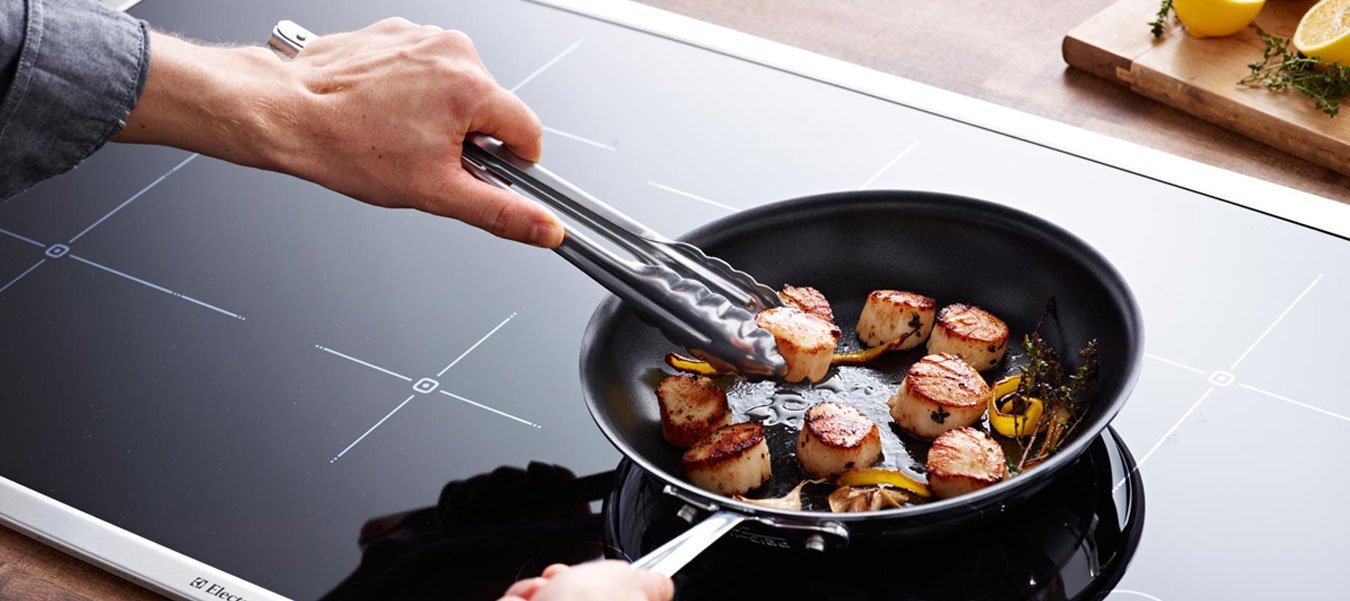Cast Iron Base Shape for Stable Heating: Essential for BBQ Enthusiasts
Written By James Morgan
For BBQ enthusiasts, achieving the perfect grilling experience is a labor of love. One crucial aspect that often goes overlooked is the cast iron base shape for stable heating. This factor plays a significant role in ensuring that your cooking is even and consistent, which is essential for delicious results. The shape of the cast iron base affects how heat is distributed across the surface, impacting not only the cooking process but also the flavor and texture of your food.
When it comes to grilling, the right equipment can make all the difference. Cast iron, renowned for its durability and excellent heat retention, is a favorite among grillers. However, not all cast iron cookware is created equal. The shape of the base can influence your cooking experience significantly. In this article, we will delve into the importance of the cast iron base shape for stable heating and how it can elevate your BBQ game.

Understanding Heat Distribution
Heat distribution is a critical factor in cooking, especially when grilling. When heat is distributed evenly across the cooking surface, it ensures that your food is cooked uniformly. This is where the shape of the cast iron base comes into play. A well-designed base will spread heat evenly, preventing hotspots that can lead to uneven cooking. This is particularly important when grilling thicker cuts of meat or delicate items that require precise temperature control.
Unlike other materials, cast iron has the ability to retain heat exceptionally well, which means it can maintain a consistent temperature over extended periods. This characteristic is especially beneficial for slow-cooking methods and achieving that perfect sear on a steak. To learn more about the benefits of using cast iron over other materials, you can visit cast iron vs hard anodized cookware.
Why Shape Matters in Cast Iron Cookware
The shape of the base of your cast iron cookware can dramatically impact your cooking results. A flat, even base ensures that the heat is distributed uniformly, while a warped or uneven base can lead to hotspots. These hotspots can cause certain areas of your food to cook faster than others, resulting in unevenly cooked meals.
Moreover, the design of the base can also affect the cookware's compatibility with different heat sources. For instance, a flat base is ideal for induction cooktops, as it provides maximum contact with the heat source. If you're interested in learning more about using cast iron on induction cooktops, check out this resource on induction compatibility.
Choosing the Right Cast Iron Base for Your BBQ Needs
Selecting the right cast iron base shape for your BBQ needs involves considering the type of grilling you plan to do. For instance, if you enjoy grilling a variety of foods, from meats to vegetables, youll want a versatile piece of cookware that can handle different cooking methods. A flat, broad base is ideal for searing meats and achieving a good crust, while a slightly concave base might be preferable for slow-cooking stews and casseroles.
When choosing your cast iron cookware, pay attention to the design of the base. Look for pieces with a smooth, even surface that will sit flat on your grill or stovetop. Additionally, consider the weight and thickness of the base, as these factors can influence heat retention and distribution. For those interested in more practical tips on using cast iron, the cast iron roasting guide offers valuable insights.
Maintaining Your Cast Iron for Optimal Performance
Proper maintenance of your cast iron cookware is essential to ensure its longevity and performance. Regular cleaning and seasoning will help preserve the non-stick properties and prevent rust. After each use, clean your cast iron with warm water and a stiff brush. Avoid using soap as it can strip the seasoning. Instead, opt for coarse salt to scrub away stubborn food particles.
Once clean, dry your cast iron thoroughly and apply a thin layer of vegetable oil to the surface before storing. This will help maintain the seasoning and prevent moisture from causing rust. If you notice any stains or discoloration, don't worry. These can often be removed with proper cleaning techniques. For more information on removing stains, check out this guide on stain removal.

FAQ Section
Why is cast iron preferred for grilling?
Cast iron is preferred for grilling due to its excellent heat retention and even heat distribution. It allows for consistent cooking temperatures, which is crucial for achieving the perfect sear and flavor on grilled foods.
Can I use cast iron on an induction cooktop?
Yes, cast iron is compatible with induction cooktops. Its flat base and magnetic properties make it an ideal choice for this type of cooking surface. For detailed information, visit cast iron on induction cooktops.
How do I prevent my cast iron from rusting?
To prevent rust, ensure your cast iron is thoroughly dried after each use and apply a thin layer of oil to the surface. Store it in a dry place to avoid moisture exposure.



